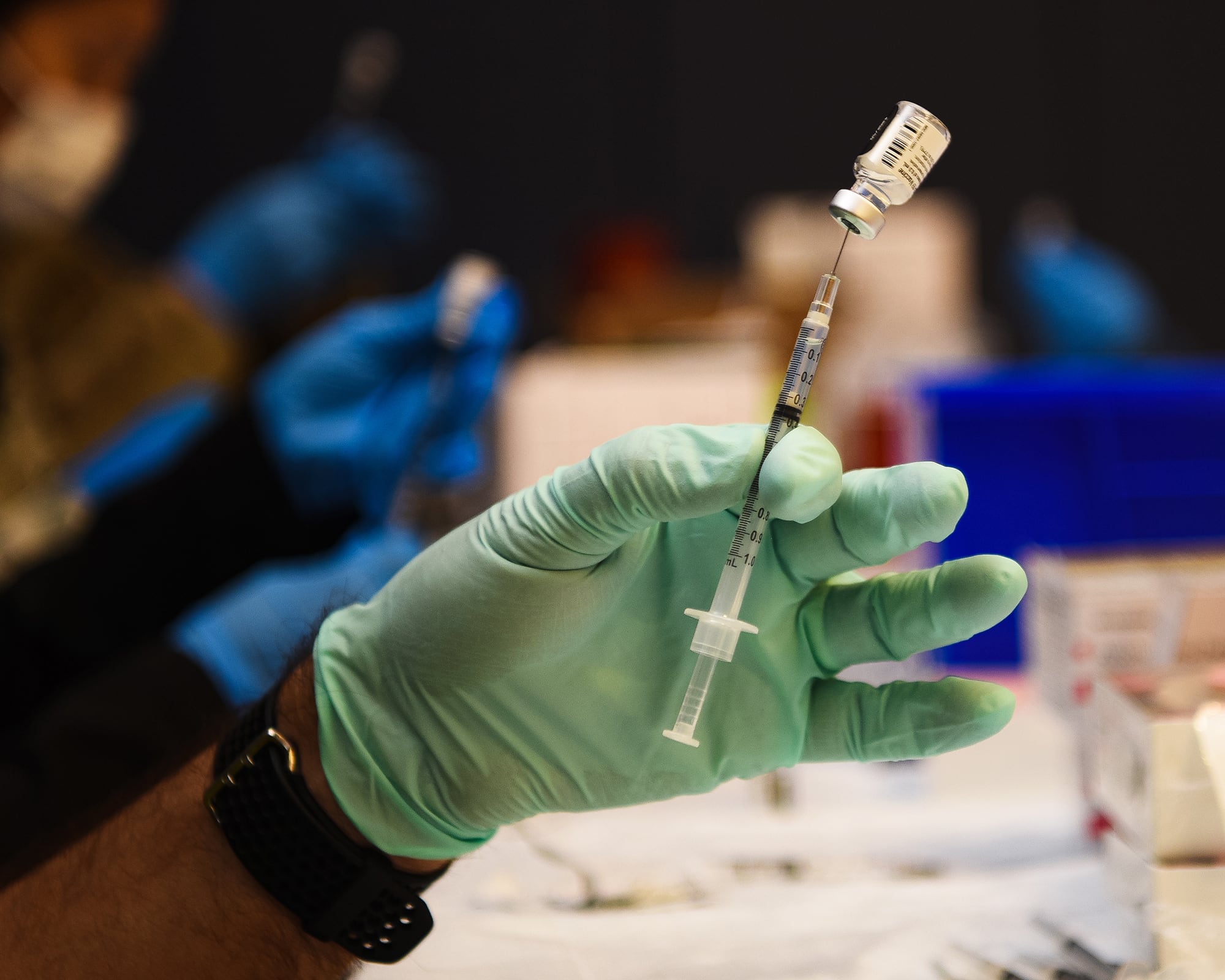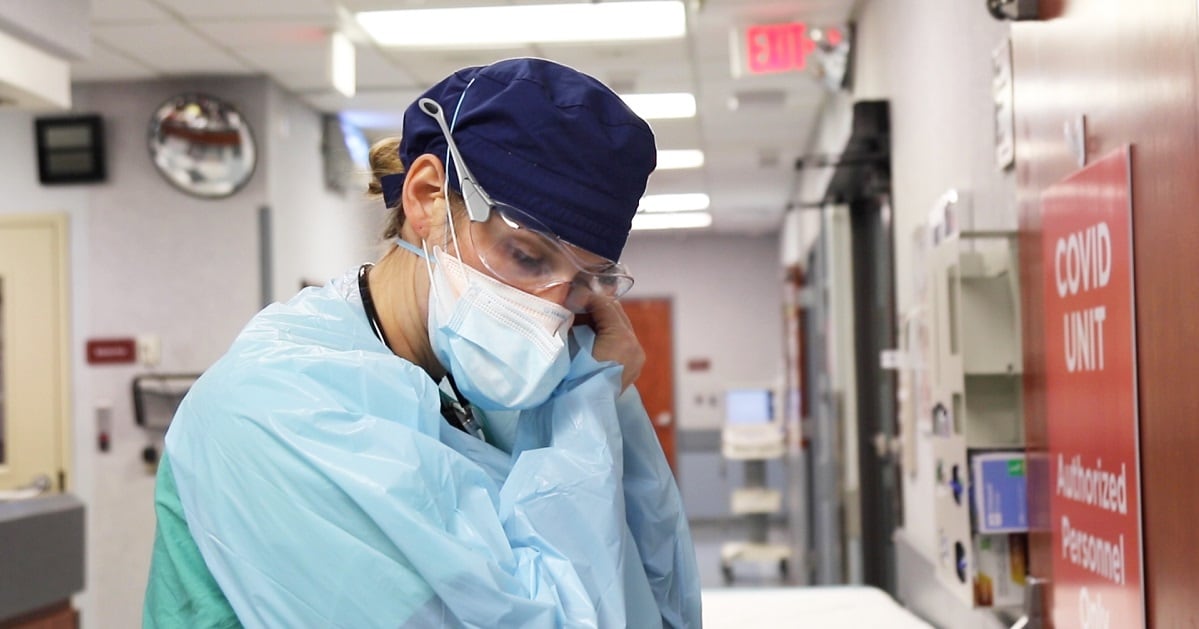As a surge of coronavirus cases continues to ravage parts of the southern U.S., the Defense Department is preparing to send in medical personnel as reinforcement.
Five teams of roughly 20 doctors, nurses and respiratory therapists are getting spun up to mobilize to local hospitals to help overburdened health care staff, as parts of the country experience new highs in daily deaths and new cases.
The first is headed to Lafayette, Louisiana, the state with the highest infection rate in the country and one of the lowest vaccination rates, at fewer than 40 percent.
“We expect that there could be additional requests from other states for other teams, and so that’s why we’re being prepared to stand up five teams,” Pentagon spokesman John Kirby said.
RELATED

The announcement is reminiscent of the situation in spring 2020, when military medical personnel deployed around the country to help overburdened hospitals in New York, Los Angeles and more.
After deploying hospital ships to New York and Los Angeles from March to May 2020, planners found more efficiency with sending uniformed medical staff directly into hospitals, which continued for much of last year and into 2021.
Beyond Louisiana, states reporting the highest numbers of new cases, including hospitalizations and deaths, include Florida, Hawaii, Oregon and Mississippi.
Meghann Myers is the Pentagon bureau chief at Military Times. She covers operations, policy, personnel, leadership and other issues affecting service members.
